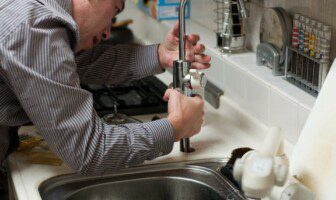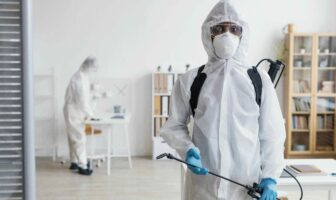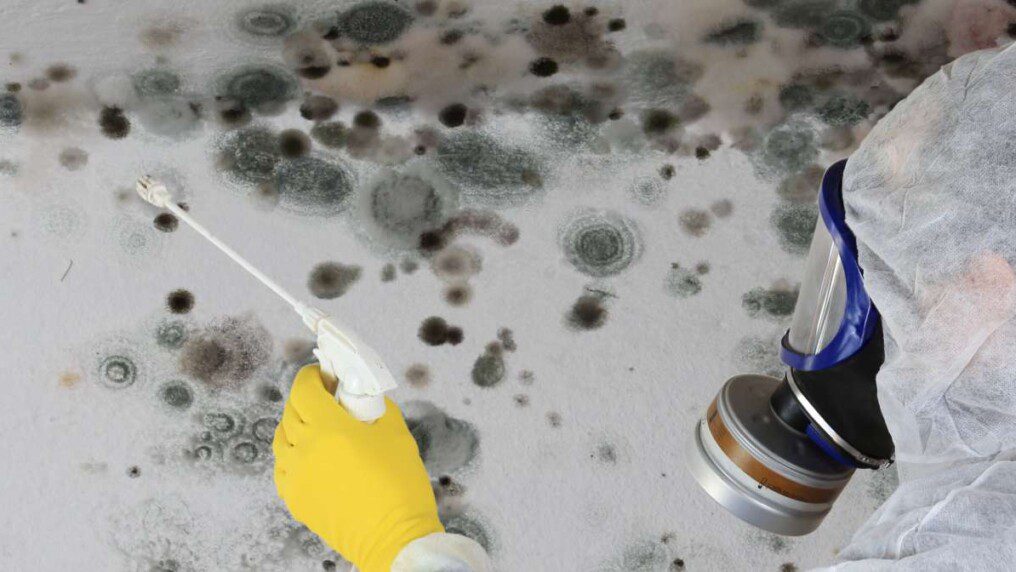
Homeowners know that mold will appear almost anywhere it can find moisture. Most of the time it comes in the form of mildew, which is just surface mold you can detect and clean up easily. However, mold can be far more damaging to both your health and your home.
The most important thing to understand about mold is that it needs to be cleaned up as soon as you detect it. In minor cases, this can be done by the homeowner, but more serious infestations require professional help. Here are three ways to remedy mold in your home.
Find Out How Moisture Is Getting Into The House:

The best way to deal with mold is prevention. This includes keeping moisture away from ventilation and monitoring leaks and/or potential leaks, including around sinks, toilets, bathtubs, water heaters, roofs, attics, and basements. Also, monitor the seals on all exterior windows and doors.
If mold is already present, the first step is to locate where moisture is getting into the house. Without finding and fixing the source of moisture, the mold will return.
To determine whether you should undertake the project yourself, consider the scope of contamination. Homeowners can generally tackle any project from 0 to 10 square feet or 10 to 30 square feet. Call a specialist in to contain and repair contamination covering more than 30 square feet.
Cleaning Up Existing Mold:
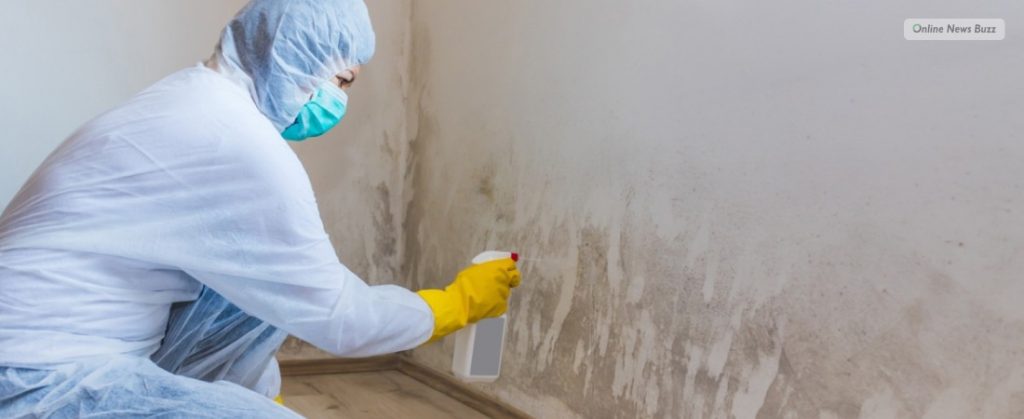
If the mold infestation is small enough to clean on your own, follow these steps to make the project easier.
Wear old clothes you can throw away after cleaning as well as proper skin and eye protection (e.g., goggles, gloves). You will also need a respirator — make sure it is rated N-95 or P-100.
Isolate the room or area where the mold exists using plastic sheeting, and make sure to turn off your HVAC system before sealing the floor register openings. Use an old fan to ventilate the room to the outside.
To prevent mold spores from becoming airborne, dampen affected areas before removing the material. Use an 8-to-1 bleach-to-water ratio solution when cleaning. Remove any damaged material or anything you suspect has been exposed that can’t be scrubbed clean, including carpet, carpet padding, drywall, insulation, etc.
Dispose Of Moldy Material Properly:
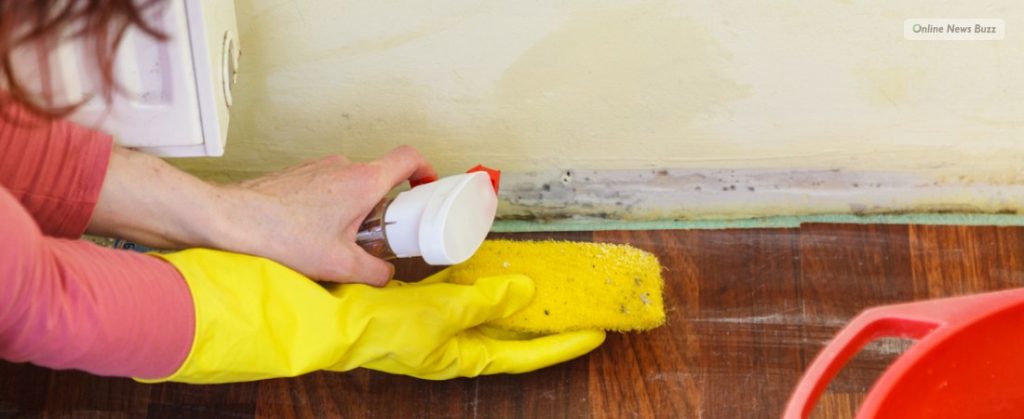
You must dispose of material that has been exposed to mold properly. To do so, double-bag waste in plastic bags that are at least 6 millimeters thick before placing it in the garbage.
While cleaning up mold might seem daunting, an informed homeowner can effectively complete the task without professional help. Remember, though, that mold can be dangerous and is known to cause health issues, so don’t take it lightly.
If you have any doubts about how to locate and remove mold safely and properly or whether you can do the job correctly yourself, get help. A professional cleaning and restoration service can locate and eliminate all mold.
Remember, the health and safety of you, your family, and your home should be your top priority.
Read Also:

























